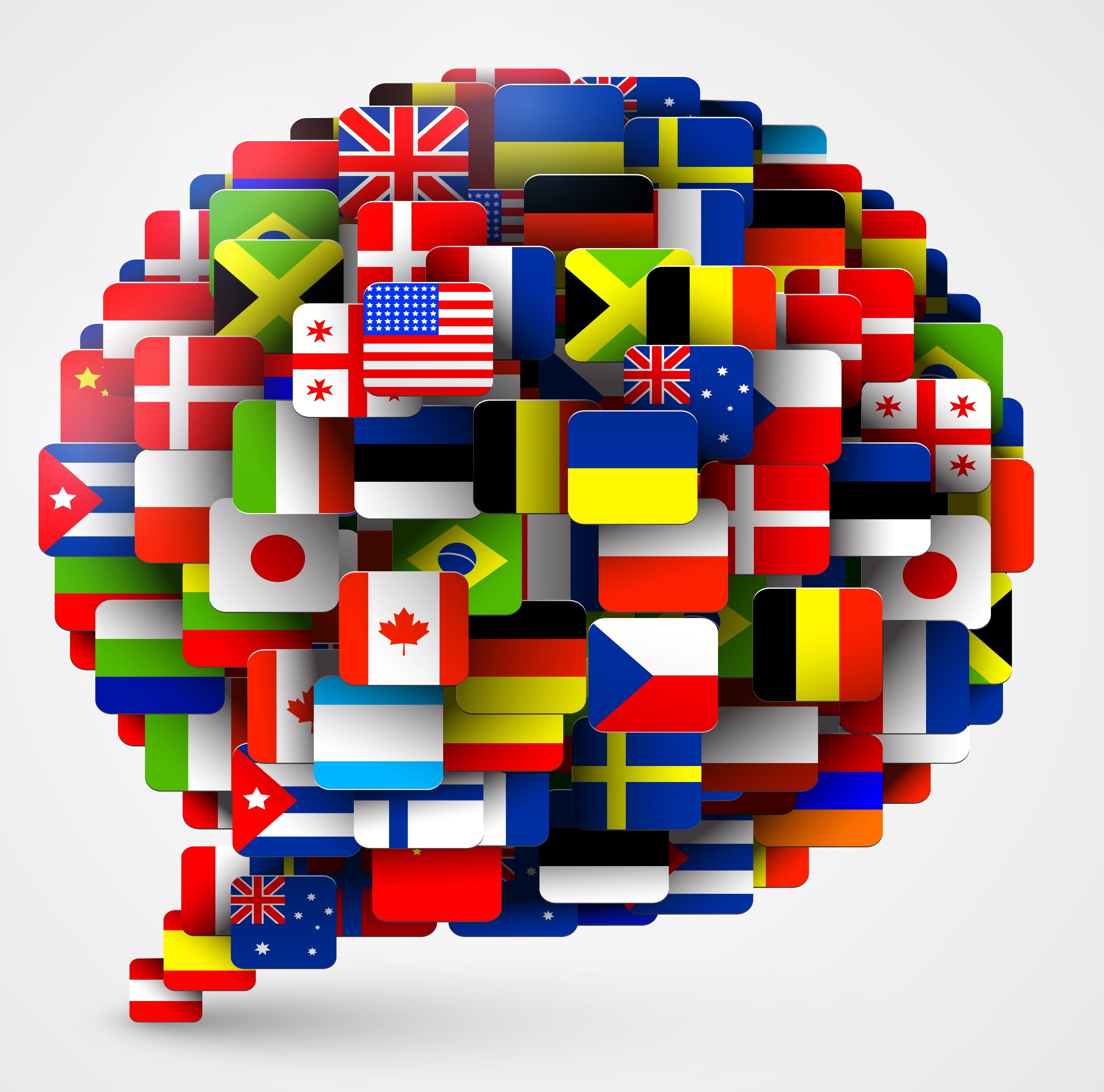Listen to Audio Version:
Have you ever wondered why someone from another culture communicates differently? Why some nationalities place more emphasis on the context around words than others? We often forget that cultural differences impact how business is conducted in various countries; we don’t know what we don’t know. When working, living or studying in an international environment, we need additional tools to help communicate effectively.
Determine the Real Problem
Sometimes cultural issues get blamed unnecessarily. You need to understand the dynamics of the team and individuals involved before making assumptions. Perhaps there are internal issues with the decision-making process, or how relationship-building is working in the organization. Jamie Gelbtuch, founder of Cultural Mixology, notes that when working with international teams they first try to get groups to understand the opposite perspective or point of view. “There may be internal problems in terms of company culture, national culture, team culture and individual culture all impacting the situation. You need to uncover the real problems behind the problems first,” she notes.
For instance, as her company began working with a Chinese-based organization, with US subsidiaries, she brought in a bicultural colleague with extensive experience in both environments. They first determined the comfort level of both the Chinese and US teams, raising the awareness level of their cultural approaches and how they were working. With a bicultural expert, they could assess mindsets from both sides and determine whether the issues were typical cultural ones, or based on individual personalities. They were then able to provide feedback about any challenges related to national cultural issues.
 Remember, Language Affects How You Think (or Read the Air)
Remember, Language Affects How You Think (or Read the Air)
Language will always be a factor working with international teams. It may create misunderstandings on both sides. Culture, history and values will always come into play. Cultural idioms are often huge, especially in a situation where English is a second or third language. Think about all the colloquial sayings that are popular in US business like ‘outside the box,’ ’out of pocket‘ or ’low hanging fruit.’ While these are understandable to US colleagues, they don’t translate well to other cultures.
Another language obstacle, is high context languages (i.e., Chinese Mandarin or Japanese), where the context around the language becomes much more important to the meaning of specific words. High context languages will use different words to convey contextual information such as if a sister or grandparent is older or younger. “It’s like listening with your five senses,” explains Gelbtuch.
Low context languages such as American and Canadian English, and Dutch, are more literal. Yes means yes and no means no. But in a high context culture, there may not necessarily be a true ‘no.’ This is often referred to as the ‘Yes-No Conundrum.’ Some languages, like Mandarin, may use the word yes but may have various levels of yes: the yes-yes, yes-maybe, and yes-no. “You really have to read the air,” emphasizes Gelbtuch.
In addition to language, other cultures may use many more non-verbal signals that you need to be aware of. How one dresses for a meeting, or where a meeting is held, hold much more importance and send different signals.
Here are some tricks for making a smooth transition:
- Don’t ask yes-no questions in high context cultures - Instead, ask open-ended questions. Although it may seem better at first to ask ‘simpler’ questions, in a high context culture this may just end in frustration. Rather than asking if the project will be finished by Friday, ask “when will the project be completed?”
- Read about your own culture - Raise your own awareness of how things are done in your native culture, first. Often, we don’t realize the way we do things naturally — without thinking — and how that will unwillingly impact how we approach other situations. As Jamie Gelbtuch notes, “There is a saying, ‘Culture is most invisible to its own participants.’”
- Do a Gap Analysis - Once you’ve raised your awareness of how you do things, compare that to where you’re going and see where the gaps are. Where do you fit on the spectrum?
- Look for a Cultural Mentor - Network with others you can learn from, contact colleagues, embassies, other companies or businesses you may know to get tips about cultural differences and how to navigate them.
- Dive In! - Finally, just take the first step and try it out! We all make mistakes, but at some point you just need to dive-in.
 The Cultural Fabric Affects Everything
The Cultural Fabric Affects Everything
There’s a general international consensus that Americans are perennial optimists. Even without realizing it, we are an optimistic culture and our language reflects that. We say, ”have a good day” and “I’m so glad to be here!” without thinking twice. This optimistic bent is directly connected to our history as Americans: European immigrants looking for a better life. The western expansion and “Manifest Destiny” were also based on optimism.
As a result, often the way we provide negative feedback is couched between positive statements (the ‘sandwich’). Yet in other cultures, negative feedback is more direct.
Our schooling traditions and culture even affect how we approach performance evaluations. Whereas the American grading system treats perfect grades as possible, in many other countries students’ grades are based on ideals. A 15/20 may be an ‘ideal’ goal, whereas when we get As or 5/5 or 4/5 it leaves no room for improvement. This is why it is critical to explain definitions and expectations as specifically as possible in cross-cultural evaluations or feedback.
In short, when conducting business cross-culturally don’t be afraid, but anticipate that it will feel uncomfortable at first. Accept the challenge, it will push you to grow. And always remember the cultural fabric of where you are, and the cultural context of those around you.
If you need more information about doing business across cultures, give us a call, we’re happy to help. And to hear more about doing business across cultures listen to The Global Marketing Show’s episode featuring Jamie Gelbtuch “Depth & Likeability Makes her Successful.”
Rapport International specializes in multilingual communications, providing language translation and interpretation services that are accurate and culturally appropriate. We use the right voice, correct terminology to avoid liability, customize services to your needs, and deliver on time and within your budget. And with our 100% satisfaction guarantee, you can trust that it’s done right. Contact us today if you would like more information or to get a free quote.
About the Author - Hannah Pentz
Hannah Feldman Pentz is an experienced marketer and content communicator, especially for professional services, B2B, and inbound marketing. She has extensive experience working with management consulting firms, helping them to create and implement marketing plans geared toward Fortune 500 global companies, as well as smaller non-profits. A graduate of Vassar College, (BA English) Hannah and her family live in the Boston area.
Rapport International specializes in multilingual communications, providing language translation and interpretation services that are accurate and culturally appropriate. We use the right voice and the correct terminology to avoid liability, customize services to your needs, and deliver on time and within your budget. With our 100% satisfaction guarantee, you can trust that it’s done right. Contact us today if you would like more information or to get a free quote.
Popular Posts
Popular industry news, interviews, technologies, and resources.

















